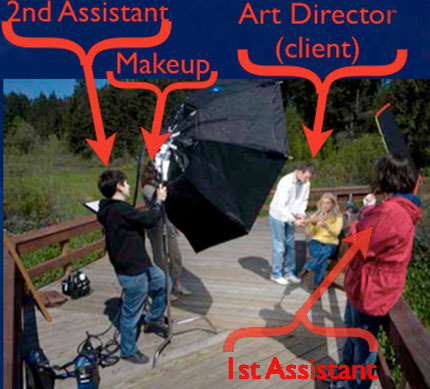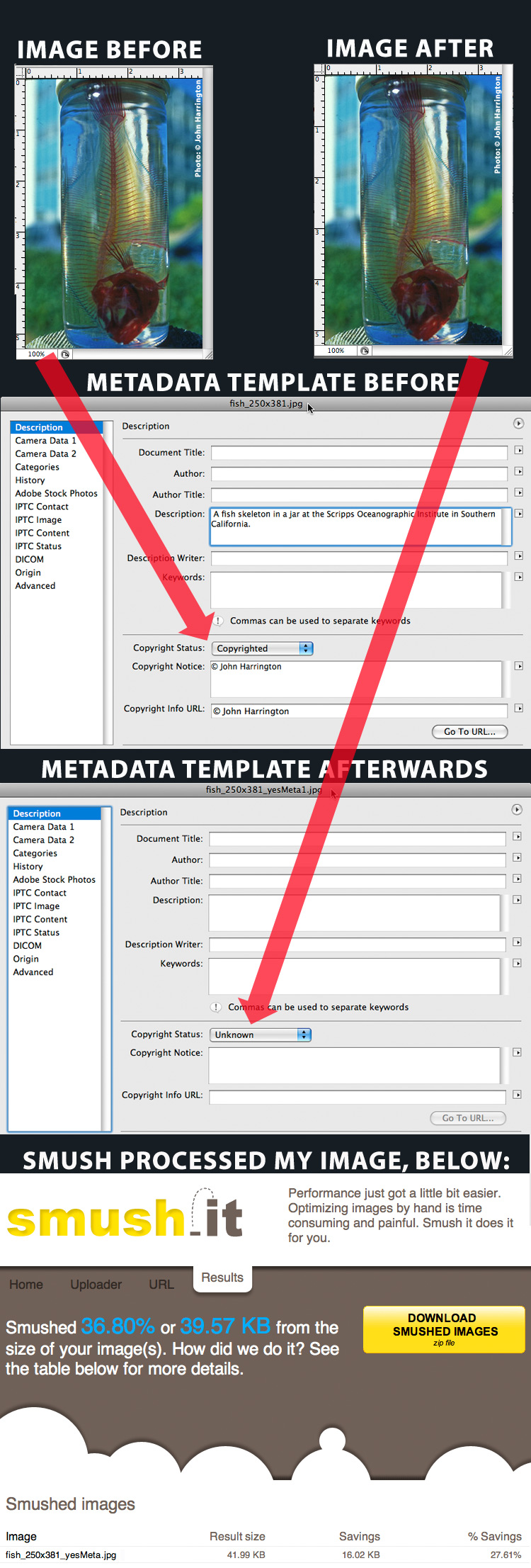The Photographer's Assistant
 I'm not trying to mirror this great article - Ask Sports Shooter: Assisting by Jordan Murph, over at SportsShooter, but it got me to thinking. We use A LOT of assistants. So many, that we have former assistants running the office, managing all our post production, and as our special projects manager. When we travel, we've picked up local assistants in dozens of cities nationwide. We sure do see our fair share. One special shout out to one awesome one - John Birk. He's Philly-based, but is more than happy to travel. He's got it down. Cleans sensors (after asking if you want him to), anticipates what you need before you need it, and knows when to speak, and when to keep quiet. Oh, and he knows carry-on regulations so well he saved me from having to check my ThinkTank Airport Security full of cameras/lenses with a size change for a recent trip to the Baltics. AND, oh right, he can get you gear shipped to you when you have a problem...wait, this isn't about John, but you should use him in Philly for sure. This is about what makes a good assistant, and the path you can travel when you start that way.
I'm not trying to mirror this great article - Ask Sports Shooter: Assisting by Jordan Murph, over at SportsShooter, but it got me to thinking. We use A LOT of assistants. So many, that we have former assistants running the office, managing all our post production, and as our special projects manager. When we travel, we've picked up local assistants in dozens of cities nationwide. We sure do see our fair share. One special shout out to one awesome one - John Birk. He's Philly-based, but is more than happy to travel. He's got it down. Cleans sensors (after asking if you want him to), anticipates what you need before you need it, and knows when to speak, and when to keep quiet. Oh, and he knows carry-on regulations so well he saved me from having to check my ThinkTank Airport Security full of cameras/lenses with a size change for a recent trip to the Baltics. AND, oh right, he can get you gear shipped to you when you have a problem...wait, this isn't about John, but you should use him in Philly for sure. This is about what makes a good assistant, and the path you can travel when you start that way.
In addition to that link, here are two good books with information - The Photographer's Assistant Handbook

If you're looking to find an assistant, visit this link at the ASMP website which lists all their chapters nationwide. Each chapter not only has a "Find a Photographer" listing, but most, if not all, have "Find an Assistant" listing, or they have a list of assistants on their website. No list? Call one of the photographers there and you'll find they know who the best ones are. So too, APA has a link to locate an assistant on their national website - here.
 Make no mistake though, the Photographer's Assistant is NOT an Assistant Photographer. An assistant photographer is often also called a second photographer, a backup shooter, and so forth. If you are working for a photographer and you have a camera in hand that will deliver images to the client, you're an Assistant Photographer. If you are unpacking gear, setting up lights, driving, getting food, making photos/video of the shoot in progress and/or the setup for the photographer's use, holding an umbrella over the client's head, pulling power, and so forth, then you are the photographer's assistant.
Make no mistake though, the Photographer's Assistant is NOT an Assistant Photographer. An assistant photographer is often also called a second photographer, a backup shooter, and so forth. If you are working for a photographer and you have a camera in hand that will deliver images to the client, you're an Assistant Photographer. If you are unpacking gear, setting up lights, driving, getting food, making photos/video of the shoot in progress and/or the setup for the photographer's use, holding an umbrella over the client's head, pulling power, and so forth, then you are the photographer's assistant. Then there's the second, and the third. On large shoots, you have the First Assistant, Second Assistant, and sometimes a Third Assistant. After that, anyone assisting on set is usually called a Production Assistant. The First Assistant often travels with the photographer, and knows what the photographer wants, needs, and so forth. The second sometimes travels, but is often picked up locally. When you're the second assistant, you do what the First tells you. When you're the Third, again almost always picked up locally, you do what the Second tells you. Neither the Second nor the Third should be going to the photographer for anything. Go to the First.
Then there's the second, and the third. On large shoots, you have the First Assistant, Second Assistant, and sometimes a Third Assistant. After that, anyone assisting on set is usually called a Production Assistant. The First Assistant often travels with the photographer, and knows what the photographer wants, needs, and so forth. The second sometimes travels, but is often picked up locally. When you're the second assistant, you do what the First tells you. When you're the Third, again almost always picked up locally, you do what the Second tells you. Neither the Second nor the Third should be going to the photographer for anything. Go to the First. Many photographers got their start as assistants, but not all. Then, there are people who never want to be photographers but really just love assisting - these are known as "professional assistants". To each their own, I say. Here's a 30 second vignette - Photography Assistant, but here's a really funny (and true) video about being a PA on a movie - PA Stories Episode 1 - The First Day; then there's the video "A Foot In The Door" with a hilarious "Mocha Run" scene.
What does a photographer's assistant make? It ranges from about $100 a day, to upwards of $300 or so. And that's usually for a 10-hour day.
The bottom line - you're there to make the photographers' life easier; make the photographer look better; remember everything that the photographer forgot; know what the photographer needs before they need it; load and unload all the gear - yourself; get up early & stay up late; make sure the photographer is awake; and whatever else the photographer says to do. Seriously, that's not an exaggeration.
Please post your comments by clicking the link below. If you've got questions, please pose them in our Photo Business Forum Flickr Group Discussion Threads.








